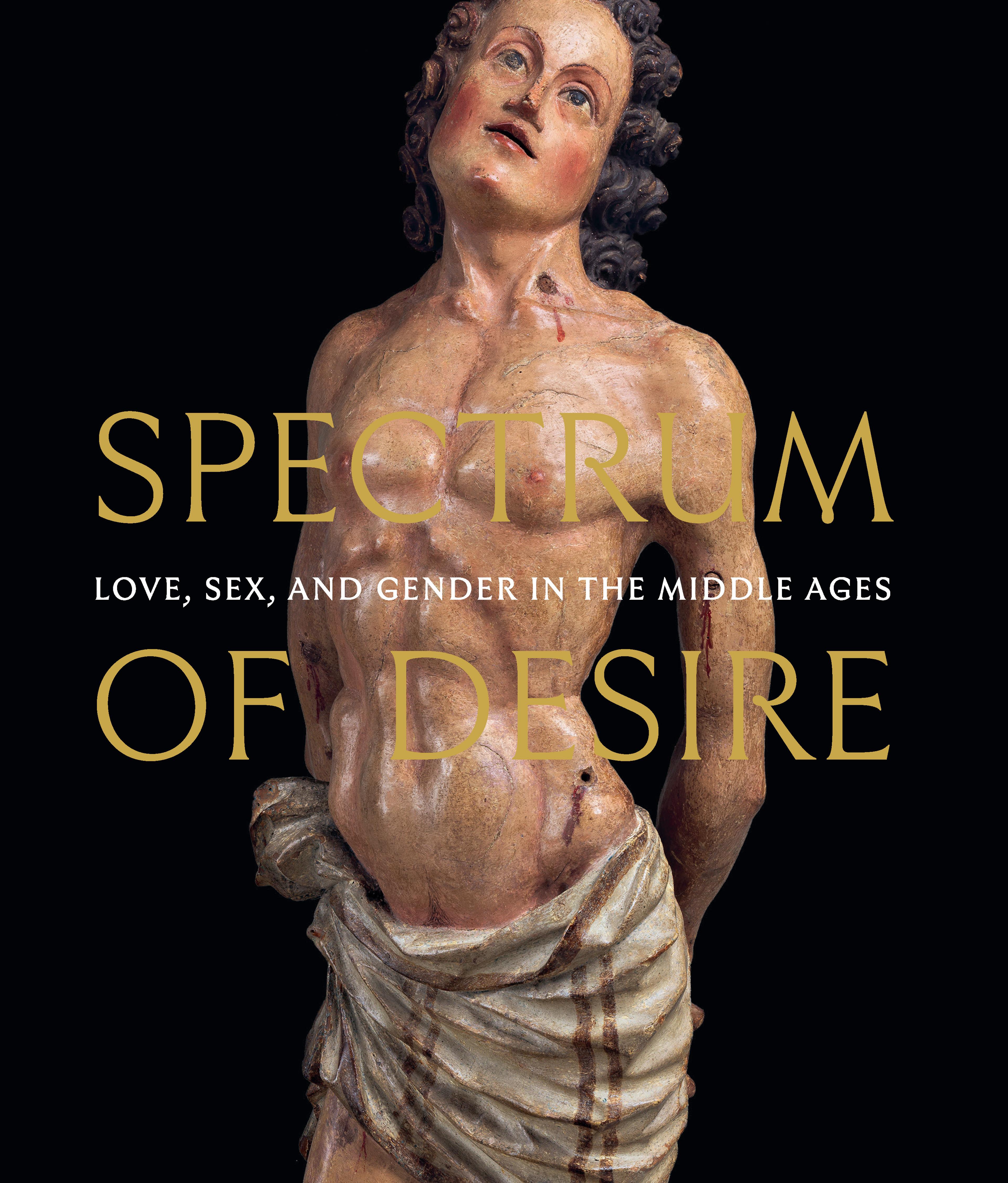English
Aquamanile in the Form of Aristotle and Phyllis
An aquamanile is a vessel for pouring water used in the ritual of washing hands in both religious and secular contexts—by the priest before Mass and in a private household before a meal. The subject of this celebrated example is the moralizing legend of Aristotle and Phyllis, which achieved popularity in the late Middle Ages. Aristotle, the Greek philosopher and tutor of Alexander the Great, allowed himself to be humiliated by the seductive Phyllis as a lesson to the young ruler, who had succumbed to her wiles and neglected the affairs of state. Encouraging Alexander to witness his folly, Aristotle explained that if he, an old man, could be so easily deceived, the potential consequences for a young man were even more perilous. The ribald subject indicates that this aquamanile was made for a domestic setting, where it would have doubled as an object of entertainment for guests at the table.
Artwork Details
- Title: Aquamanile in the Form of Aristotle and Phyllis
- Date: late 14th or early 15th century
- Culture: South Netherlandish
- Medium: Bronze; Quaternary copper alloy (approx. 72% copper, approx. 17% zinc,
approx. 6% lead, approx. 3% tin). - Dimensions: H. 32.5 cm, w. 17.9 cm, l. 39.3 cm, wt. 6062 g.
- Classification: Metalwork-Bronze
- Credit Line: Robert Lehman Collection, 1975
- Object Number: 1975.1.1416
- Curatorial Department: The Robert Lehman Collection
More Artwork
Research Resources
The Met provides unparalleled resources for research and welcomes an international community of students and scholars. The Met's Open Access API is where creators and researchers can connect to the The Met collection. Open Access data and public domain images are available for unrestricted commercial and noncommercial use without permission or fee.
To request images under copyright and other restrictions, please use this Image Request form.
Feedback
We continue to research and examine historical and cultural context for objects in The Met collection. If you have comments or questions about this object record, please contact us using the form below. The Museum looks forward to receiving your comments.
